Modern engineering teams operate at a pace that would have seemed impossible just a few years ago, with multiple releases per day, continuous deployments, automated pipelines, and lean teams working across time zones now the standard rather than the exception. As the pace of delivery increases, every aspect of software delivery has also evolved to keep pace with business demands.
Security, however, often struggles to keep pace, as you know that traditional security approaches, built for slower release cycles and waterfall methodologies, create friction in agile environments. Teams find themselves caught between the pressure to ship fast and the responsibility to ship securely, and this tension creates stress, delays, and sometimes leads to security becoming an afterthought rather than a foundational element.
The answer lies in building operational discipline that weaves AppSec seamlessly into the daily engineering flow. When security moves at the same rhythm as development, it stops being a bottleneck and becomes an accelerator, this transformation requires more than just tools; it demands a fundamental shift in how we think about and implement security practices.
Speed exposes weak systems, and structure sustains it.
Understanding the Core Challenge: Fragmented Security Operations
When security steps happen randomly or inconsistently, teams experience confusion, fatigue, and frustration. The issues compound over time, creating a backlog of security debt that becomes increasingly difficult to address.
Common friction points include reviews that occur in isolation, where security teams examine code or applications without context about business priorities or technical constraints, creating a disconnect in which findings feel abstract or irrelevant to the engineers who need to address them.
Unclear accountability represents another major challenge, when findings arrive without clear ownership or timelines, they sit in backlogs indefinitely, and teams wonder who should fix what, by when, and with what priority. This ambiguity leads to delays, duplicate work, or worse, important vulnerabilities slipping through the cracks.
Inconsistent follow-through compounds these issues, without standardized processes for tracking remediation, verifying fixes, and closing out findings, security becomes a cycle of discovery without resolution, and teams spend energy finding vulnerabilities but struggle to ensure they actually get fixed.
These fragmented approaches create a perception that security slows things down. Engineers begin to see security reviews as obstacles rather than valuable checkpoints. This mindset shift becomes the biggest barrier to building secure systems when teams view security as external to their work rather than integral to quality. A fast culture needs a framework that moves with it, predictable, disciplined, and transparent.
What Is Operational AppSec?
Operational AppSec represents a fundamental shift in how we approach application security; rather than treating security as a series of isolated activities, it creates a cohesive system that drives security through rhythm, responsibility, and clarity.
Think of it as the difference between checking your health occasionally versus maintaining a daily fitness routine. Operational AppSec builds security into the cadence of engineering work, making it predictable, measurable, and sustainable.
Core Traits of Operational AppSec
Repeatable workflows ensure that every finding has a clear closure path. When a vulnerability is discovered, everyone knows the exact steps required from identification through remediation to verification. This predictability reduces anxiety and creates confidence. Engineers know what to expect, security teams can plan their work effectively, and leadership gains visibility into progress.
Shared accountability transforms security from a specialised team's responsibility into a collective commitment. Engineering, QA, and security teams work as one unit, each playing their role in the security lifecycle, and developers become the first line of defence, QA validates security requirements alongside functionality, and security teams provide expertise and oversight. This distribution of responsibility creates resilience; security does not depend on a single team being available or having capacity.
Visible progress means that metrics and remediation data stay transparent across the organization. Teams can see how quickly vulnerabilities get addressed, which types of issues appear most frequently, and where the security posture is improving. This visibility naturally creates accountability when progress is visible, as teams take ownership. It also enables data-driven decisions about where to invest effort for maximum security impact.
Cultural integration represents the ultimate goal; security becomes a mindset within the delivery process rather than an external requirement, and engineers naturally consider security implications during design. Product managers factor security requirements into planning. The entire organization understands that security enables sustainable speed rather than hampering it.
The Four Pillars of Operational Security
1. Structure: Building Predictable Pathways
Structure creates the foundation for operational security; without clear processes for triage, prioritization, and closure, even the best intentions lead to chaos. Structure transforms security from a reactive scramble into a managed flow.
Build clear processes that define exactly how findings move through the system, when a vulnerability is identified, and what happens next. Who reviews it? How quickly? What criteria determine priority? Who assigns it? How is remediation verified? These questions need crisp answers that everyone understands.
Map timelines by severity levels to create appropriate urgency without creating panic, critical issues that could lead to data breaches or system compromise need attention within hours. These findings warrant immediate escalation, rapid response, and clear communication. High severity issues that represent significant risk but aren't immediately exploitable might follow a timeline of days. Medium issues fit naturally into sprint planning, getting addressed within the current or next iteration. Low-severity findings can follow a longer cycle, batched together for efficient remediation.
Use consistent templates for reports and verifications. When security findings arrive in the same format every time, engineers can quickly understand the issue, its impact, and the recommended fix. When verification follows a standard checklist, both developers and security teams know exactly what constitutes a complete fix. This consistency eliminates the overhead of interpreting different report formats or guessing what level of detail is expected.
Structure also means creating clear escalation paths. When a finding sits unaddressed past its timeline, what happens? When teams disagree about priority, who decides? When remediation requires architectural changes, how does that get planned? These edge cases happen regularly in fast-moving environments, and having structured approaches for handling them prevents paralysis. Structured motion creates trust and pace.
2. Ownership: Empowering Teams to Act
Every finding needs to belong to a person and have a deadline, this simple principle transforms abstract security reports into concrete action items, when ownership is clear, accountability follows naturally.
Empower developers as primary defenders of their code and systems, they understand the architecture, know the constraints, and can implement fixes most efficiently. Rather than treating developers as passive recipients of security directives, operational AppSec positions them as active participants in security. Provide them with the context, tools, and support they need to make security decisions confidently.
Encourage leaders to measure closure discipline as a key metric of team health, not as a punitive measure, but as an indicator of how well the system is working. High closure rates with reasonable timelines indicate healthy security operations. Backlogs of aging findings signal the need for process improvements, resource adjustments, or priority recalibration.
Ownership extends beyond individual findings to encompass broader responsibilities. Designate security champions within each product team, engineers who develop deeper security expertise and serve as local resources for their teammates. These champions bridge the gap between specialized security teams and product engineering, translating security concepts into practical guidance.
Create a culture where ownership is seen as empowerment rather than a burden, when engineers own security for their components, they gain autonomy to make decisions, innovate on solutions, and build security in from the start rather than bolting it on later.
3. Context: Connecting Security to Business Reality
Security data should always connect with real business and system outcomes. Abstract vulnerability scores or technical jargon create distance between findings and action. Context builds the bridge that enables teams to act decisively.
Translate findings into product impact and user risk. A SQL injection vulnerability becomes more actionable when described as "allows attackers to access customer payment data, potentially affecting 50,000 users and triggering breach notification requirements." An authentication bypass becomes urgent when framed as "enables account takeover for any user, threatening our reputation and customer trust."
Context also means understanding business priorities. Not every vulnerability deserves the same response speed. Issues in customer-facing production systems warrant faster action than those in internal tools with limited exposure. Vulnerabilities in features launching next week need immediate attention, while those in components scheduled for deprecation might warrant different prioritization.
Provide technical context that helps engineers understand the vulnerability deeply. How does the exploit work? What makes the current implementation vulnerable? What secure alternatives exist? This education transforms each finding into a learning opportunity, gradually building the team's security expertise.
Business context helps leadership make informed tradeoff decisions. When security requirements conflict with feature delivery timelines, clear context about risk, impact, and alternatives enables smart choices rather than arbitrary ones.
Teams act faster when the 'why' stays clear. Context transforms compliance from a checkbox exercise into meaningful protection of things the organization cares about.
4. Consistency: Building Security Muscle Memory
Repetition builds resilience in security just as it does in any discipline. Keep workflows uniform, same review path, same validation rhythm, same communication flow. This consistency creates muscle memory where security activities become second nature rather than special events.
When every security review follows the same process, teams stop needing to relearn how things work each time. They know when reviews happen, what information they need to provide, how feedback will arrive, and what follow-up looks like. This predictability reduces friction and makes security feel integrated rather than intrusive.
Consistent communication patterns help too. Use the same channels for security discussions, the same meeting formats for reviews, and the same tools for tracking. This consistency in mechanics allows teams to focus on content rather than process.
Consistency also applies to how you respond to incidents. When security issues are discovered in production, following a consistent incident response process ensures nothing gets missed in the urgency of the moment. Teams know their roles, understand the escalation path, and can coordinate effectively.
The goal is to make security operations feel like a smooth, well-practiced routine rather than an improvised response. When processes become consistent, they become improvable you can measure, analyze, and optimize operations systematically.
"Consistency turns effort into maturity."
Embedding Security into Daily Routines
The most effective security practices are those that blend seamlessly into existing engineering activities. Rather than adding security as separate tasks that compete for time, integrate small security steps into the natural flow of development.
Discuss threat areas during design sessions. When teams gather to plan new features or architectural changes, include a brief discussion of potential security implications. What sensitive data will this touch? Where might attackers try to exploit it? What authentication and authorization apply? These conversations take minutes but prevent issues that could take weeks to fix later.
Review major changes from a risk perspective before deployment. This doesn't mean lengthy security reviews for every change; rather, quick risk assessments that identify changes warranting deeper review. New external APIs, changes to authentication, modifications to payment processing, or updates to data handling logic might trigger more thorough security validation. Routine bug fixes or UI updates might need only cursory review.
Hold quick retrospectives to extract learning from each incident. When vulnerabilities are discovered, especially in production, take time to understand how they got there. Was it a gap in knowledge? A miss in code review? An edge case not covered by tests? These insights lead to process improvements that prevent similar issues in the future.
Incorporate security considerations into existing code review practices. Rather than separate security reviews, train all engineers to spot common security issues during regular peer review. This distributed security checking catches issues earlier and builds security awareness across the team.
Security becomes part of the momentum, quiet, continuous, and deliberate. It stops being the dramatic event that halts progress and becomes the subtle discipline that enables sustainable speed.
Shaping a Security-Conscious Culture
Culture shapes outcomes more than tools ever can. You can deploy the most sophisticated security tools available, but if the culture doesn't value security, the tools won't deliver results. Conversely, a strong security culture makes even basic tools effective.
Build culture through concrete practices, starting with Security Champions across product teams. These engineers develop deeper security expertise and serve as accessible resources for their teammates. They attend security training, participate in threat modeling sessions, and stay current on security best practices. But most importantly, they make security approachable, teammates feel comfortable asking them "silly" questions and exploring security topics without judgment.
Quick recognition for proactive fixes reinforces the behaviors you want to see. When engineers identify and fix security issues before they're flagged in scans, acknowledge it. When teams implement security features that exceed requirements, celebrate it. This positive reinforcement shifts security from a defensive "avoid getting in trouble" mindset to a positive "build excellent, secure systems" motivation.
Visibility into resolved issues and saved impact helps teams connect their security work to meaningful outcomes. Share metrics about vulnerabilities fixed, potential impact prevented, and improvements in security posture. Help teams see that their security efforts matter and create real value.
Create opportunities for security learning that feel like growth rather than remediation. Lunch-and-learn sessions, internal security capture-the-flag events, or book clubs around security topics make security education engaging. When learning security feels like professional development rather than compliance training, engineers engage more deeply.
Foster psychological safety around security discussions. Engineers should feel comfortable reporting potential security issues without fear of blame. When mistakes happen, focus on system improvements rather than individual fault. This openness ensures that security issues surface quickly rather than getting hidden until they become critical.
"Security thrives where awareness earns respect."
The Feedback Loop: Continuous Improvement
Every vulnerability converts into a learning artifact when you build strong feedback loops. Operational AppSec isn't static it evolves based on what you learn from each finding, each incident, and each success.
Teams track patterns in vulnerabilities to identify systemic issues. If SQL injection keeps appearing, that signals a need for better database abstraction or developer education about parameterized queries. If authentication issues recur, perhaps the authentication framework needs improvement or clearer documentation. These patterns point toward high-leverage improvements that prevent entire classes of vulnerabilities.
Improve design checklists based on actual findings. When new vulnerability types appear, add them to your security review checklist. When certain architectural patterns prove resilient, document and promote them. Your security practices should reflect the real threats and challenges your specific environment faces.
Enhance playbooks for incident response and vulnerability remediation. Each security event teaches you something about how your systems behave under stress, where your response procedures work well, and where they need refinement. Capture these lessons and fold them back into your processes.
Review quarterly to evolve the strategy with growth. As your product matures, so should your security approach. New features, new technologies, new team members, and new threats all require periodic reassessment of your security operations. Set aside time each quarter to step back and ask: Is our security approach still serving us well? What's working? What's creating friction? What new capabilities do we need?
This continuous improvement mindset ensures that operational AppSec stays relevant and effective as your organization grows and changes. The practices that work for a ten-person startup won't serve a hundred-person scale-up, and the approaches that work for a hundred-person company need refinement for a thousand-person enterprise.
"Improvement comes from reflection and rhythm."
Common Gaps in Fast Environments
Fast-moving teams often face predictable challenges in operationalising AppSec. Understanding these common gaps helps you avoid them or address them quickly when they appear.
Findings that lack prioritization create decision paralysis. When everything seems equally important (or equally unimportant), teams struggle to know where to focus. Effective prioritization considers vulnerability severity, asset importance, exploit likelihood, and business context. Clear prioritization helps teams confidently tackle the most important issues first.
Too many issues without clear routing overwhelm teams and dilute focus. When vulnerability scans produce thousands of findings without categorization or ownership assignment, the sheer volume prevents action. Effective routing means findings arrive at the right team, with the right context, in manageable batches.
Reports without closure tracking mean vulnerabilities get identified but never verified as fixed. This creates false confidence that teams think they've addressed security issues, but without verification, some fixes might be incomplete or ineffective. Closed-loop tracking ensures every finding reaches true resolution.
Activity without ownership metrics can create busy work without meaningful progress. Teams might spend significant effort on security activities, but without measuring outcomes like time to remediation or reduction in vulnerability backlog, it's hard to know if that effort is effective. Measure what matters, not just activity, but actual security improvements.
"Every system scales only through accountability."
How AppSecure Enables Operational AppSec
AppSecure works as a partner in security operations, helping organizations align speed with structure. Rather than adding overhead, AppSecure creates the framework that makes operational AppSec practical and sustainable.
Defined workflows for vulnerability lifecycle management ensure nothing falls through the cracks. From discovery through triage, assignment, remediation, verification, and closure each step follows a clear, consistent process. Teams know exactly where each vulnerability stands in its lifecycle and what needs to happen next.
Business-context-rich reports drive real action by connecting technical findings to business impact. Rather than abstract vulnerability scores, AppSecure helps translate findings into language that makes sense for your organization, your systems, and your risk tolerance. This context empowers teams to make informed decisions and prioritize effectively.
Continuous collaboration with engineering functions means security becomes integrated rather than isolated. AppSecure facilitates the communication, coordination, and tracking that operational AppSec requires, making it easier for security, engineering, and product teams to work together effectively.
Frequently Asked Questions
What does operational AppSec mean for agile teams?
It means security steps become part of your sprint rhythm rather than external interruptions. Each security task has an owner, a timeline, and a clear closure path that fits naturally into your existing workflow. Security reviews happen at natural checkpoints design review, code review, and pre-deployment, rather than as separate gates that block progress. Vulnerabilities get triaged and assigned just like any other work item, with clear acceptance criteria for resolution.
How can small engineering units apply this approach?
Start with simple structures that match your current maturity level. Assign one person per team as a security point of contact. This doesn't require a security expert, just someone willing to develop deeper knowledge. Use basic templates for security reviews to ensure consistency without overhead. Implement lightweight processes for tracking findings to closure. As you grow, gradually add sophistication to your practices. The key is starting with sustainable practices that create value immediately, then building from there.
Which metrics reflect AppSec maturity?
Tracking time to closure by severity to measure your response effectiveness are critical issue that needs to be addressed within hours? Are medium issues resolved within sprints? Track the percentage of findings with assigned owners to ensure accountability. Monitor repeat vulnerability rates to assess whether your fixes address root causes or just symptoms. Measure team engagement in security activities like threat modeling sessions or security training. Watch for trends in these metrics over time. Improving trends indicate maturing security operations.
How often should security processes evolve?
Review your security processes quarterly for formal assessment and adjustment. This regular cadence ensures processes stay relevant as your product, team, and threat landscape change. Between quarterly reviews, remain open to opportunistic improvements when you identify friction points or better approaches, and implement them rather than waiting for the quarterly review. Base evolution on what you learn from incidents, team feedback, changes in your product or technology stack, and new security practices emerging in the industry.
AppSec matures through rhythm, clarity, and shared purpose, build a structure around your speed, and your security will scale with it.
When security becomes part of how teams naturally work, it stops being a separate concern that competes for attention. It becomes a strength that moves as fast as your engineering culture does, enabling sustainable speed rather than constraining it.
The journey to operational AppSec isn't about implementing perfect processes from day one. It's about taking the first step toward more structured, consistent, and integrated security practices. Start with one pillar, perhaps structured by defining clear timelines for different severity levels. Then add ownership by ensuring every finding has a name attached. Gradually layer in context and consistency as your practices mature.
Remember that operational AppSec is ultimately about people, not just processes. The goal is to make security feel like a natural part of building great software, something engineers take pride in rather than view as a burden. When you achieve that cultural shift, supported by solid operational practices, security becomes an accelerator that enables teams to move fast with confidence.
Your engineering culture's speed is an asset. Operational AppSec ensures that security keeps pace, providing the structure that turns rapid movement into sustainable progress. When security becomes operational, speed follows structure. If your teams are ready to move from reactive fixes to predictable discipline, start now.
Book a free consultation call with us and see how structure can scale your security without slowing your teams.

Vijaysimha Reddy is a Security Engineering Manager at AppSecure and a security researcher specializing in web application security and bug bounty hunting. He is recognized as a Top 10 Bug bounty hunter on Yelp, BigCommerce, Coda, and Zuora, having reported multiple critical vulnerabilities to leading tech companies. Vijay actively contributes to the security community through in-depth technical write-ups and research on API security and access control flaws.





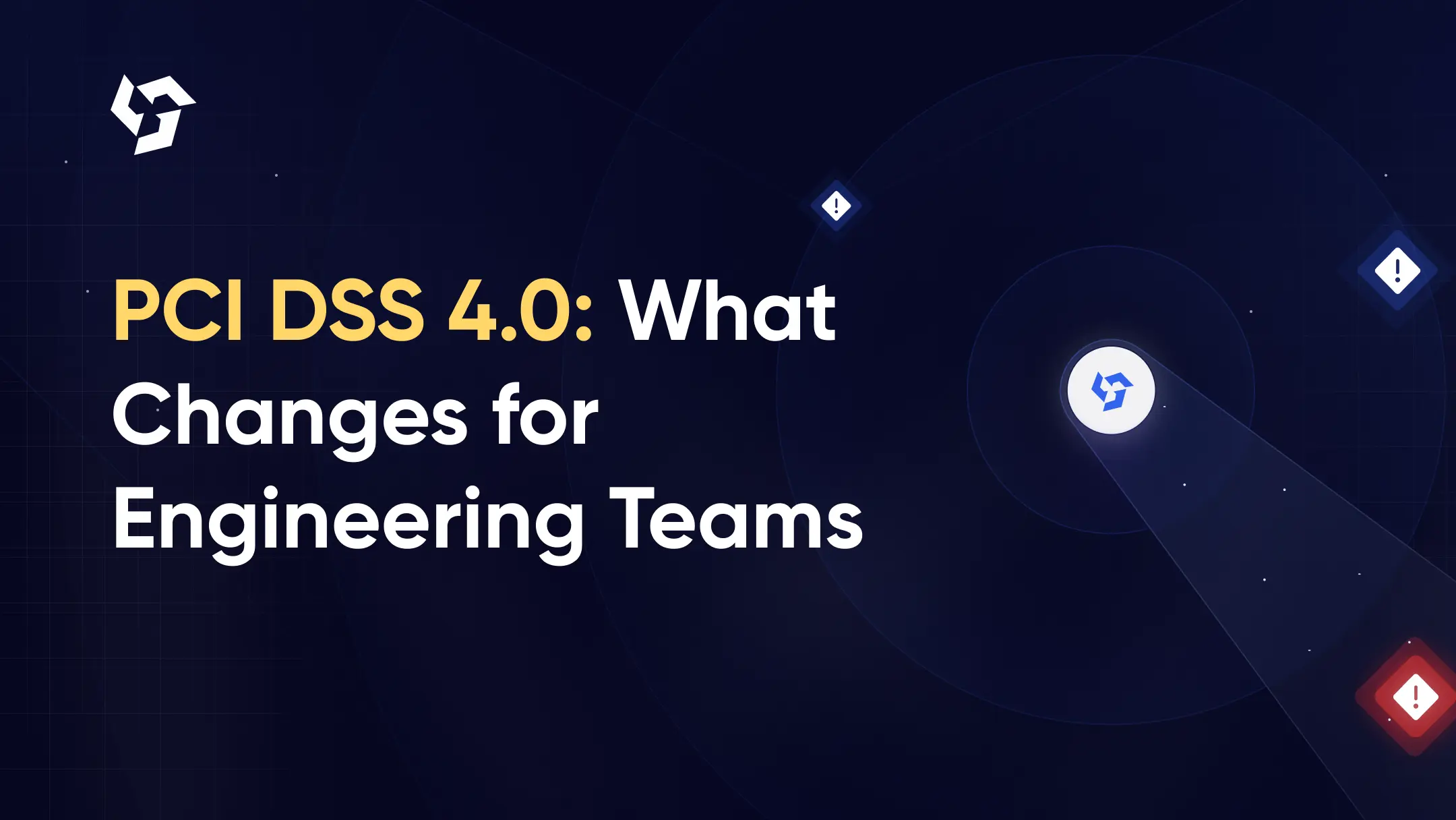
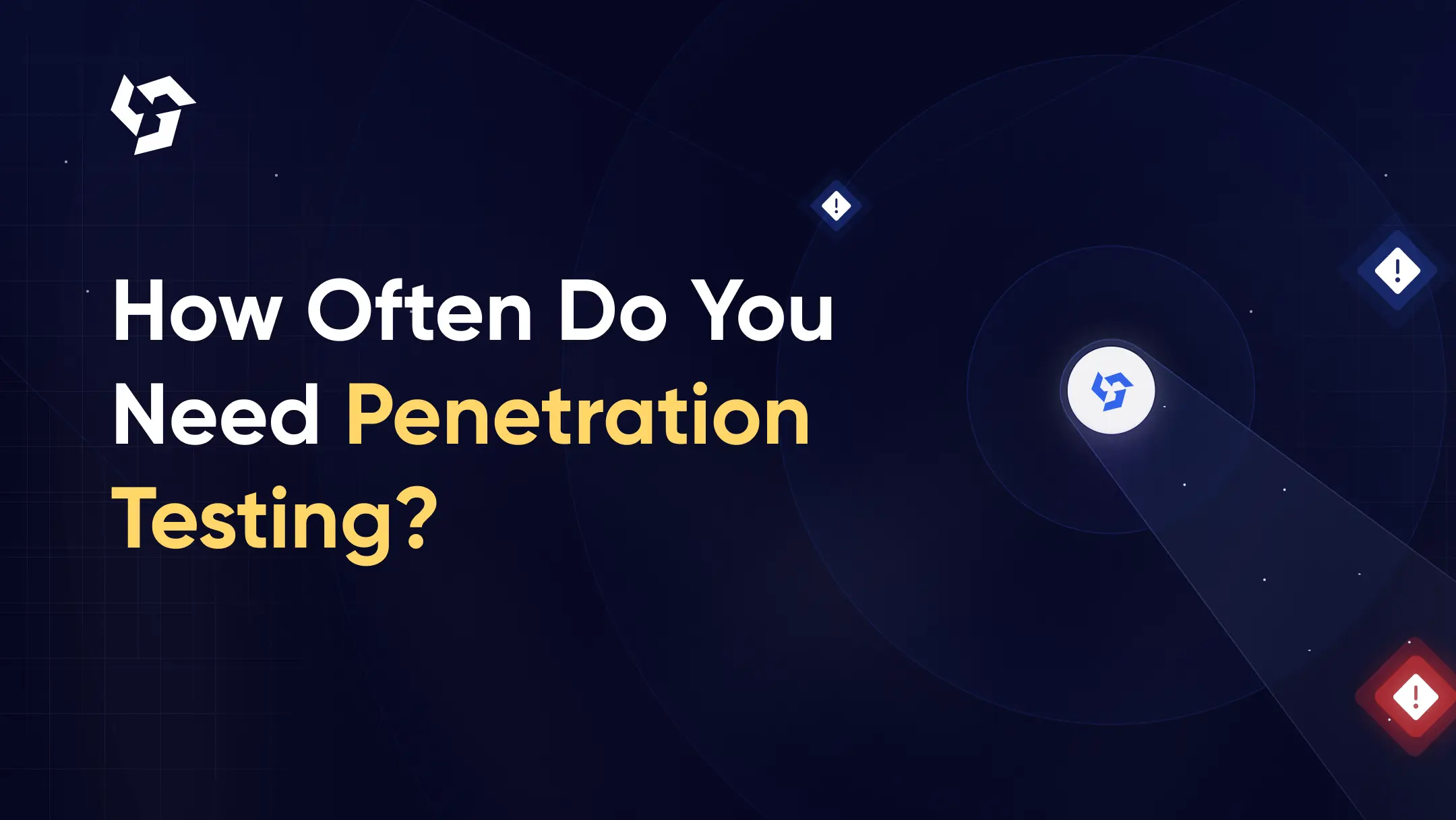
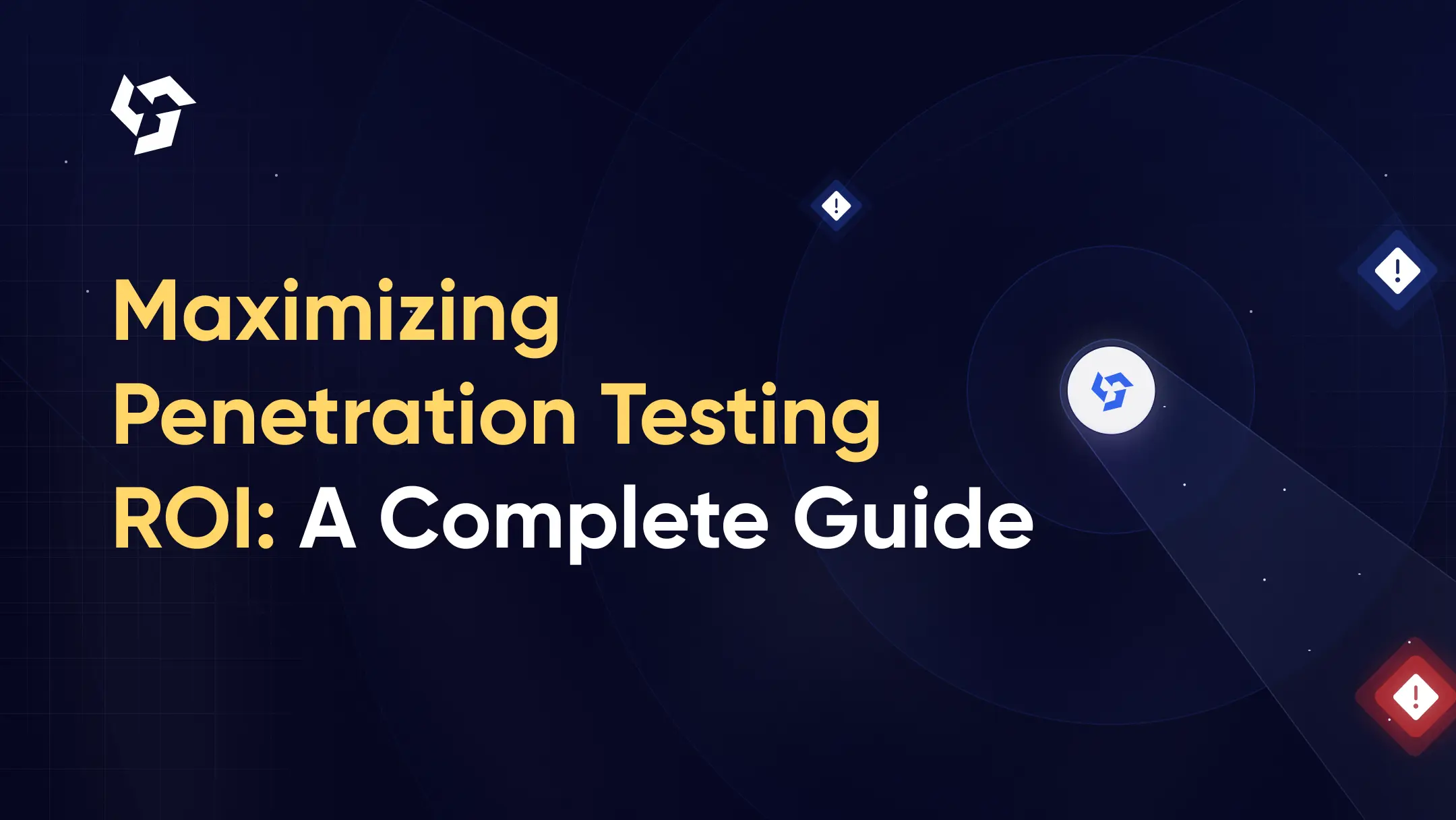

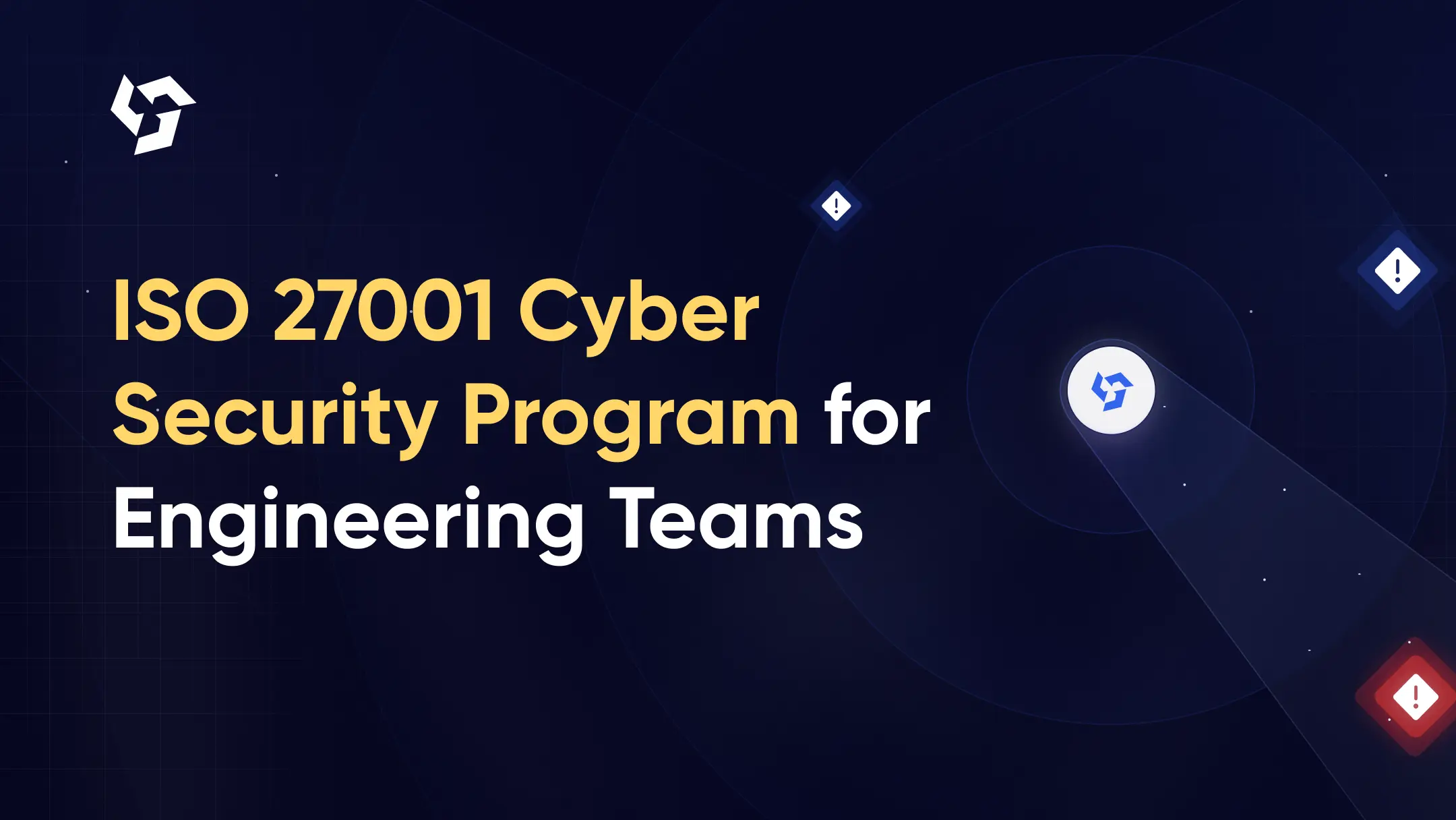

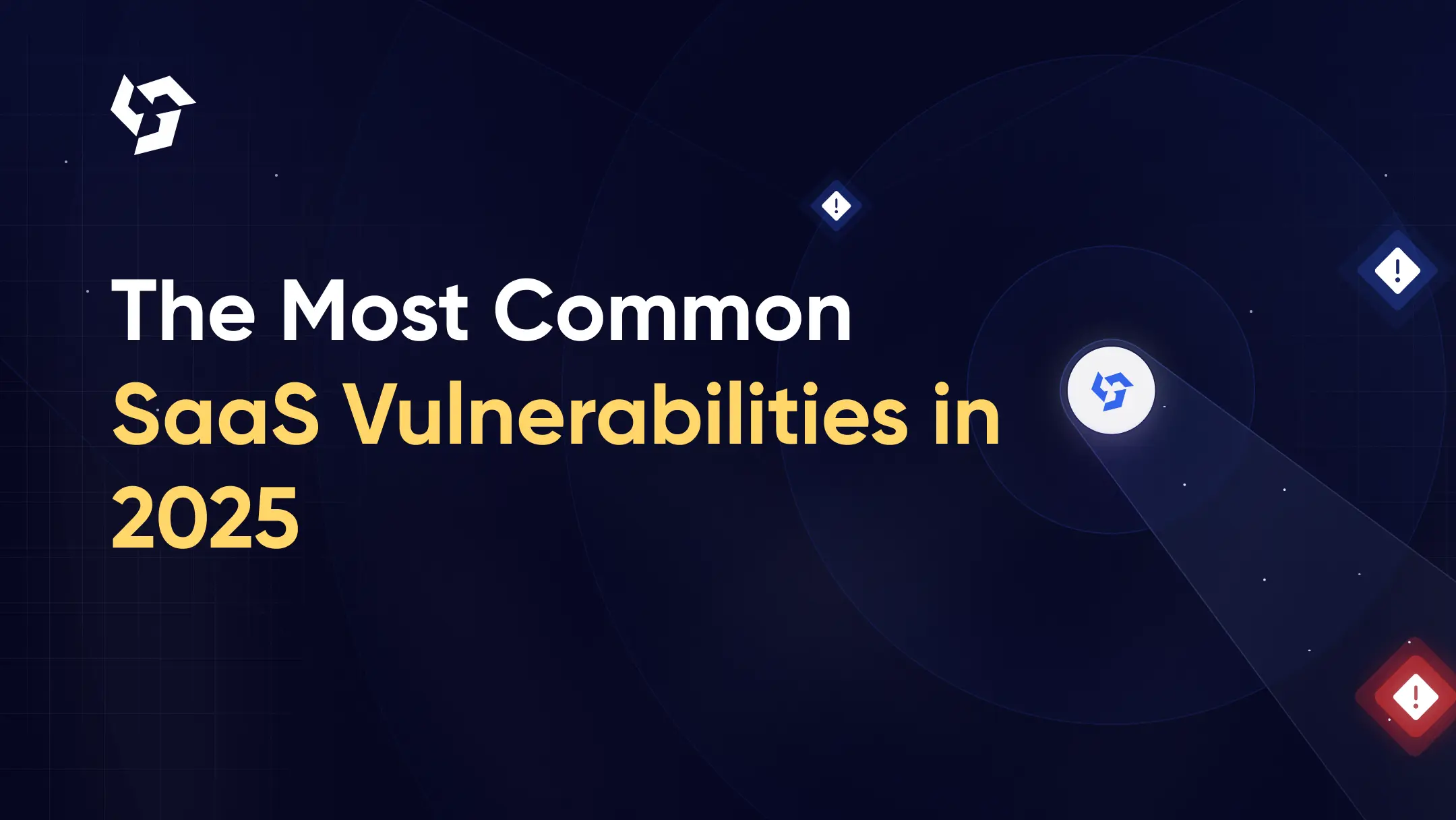





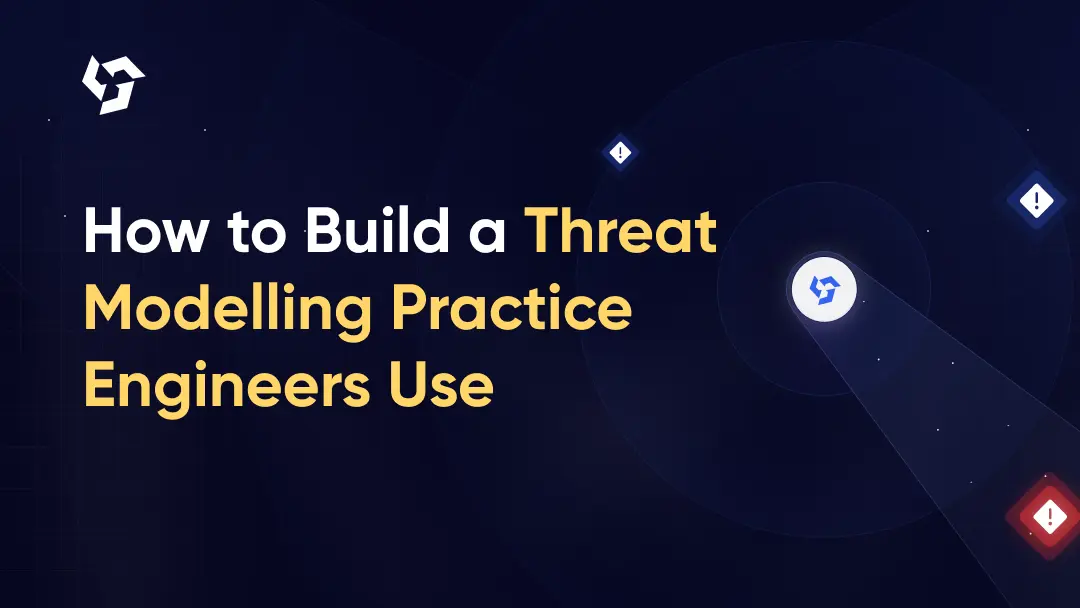
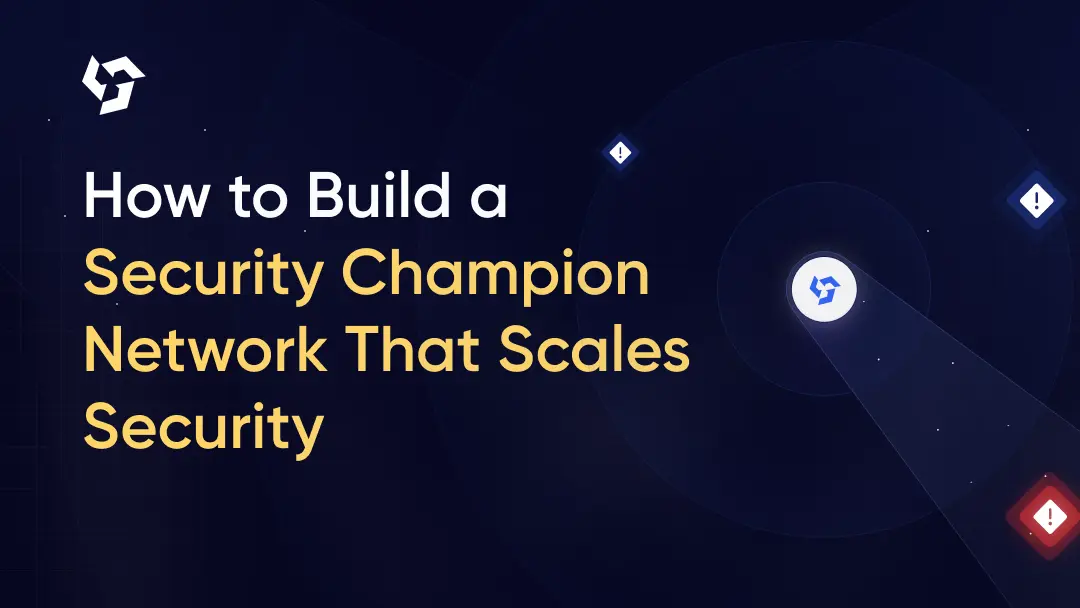

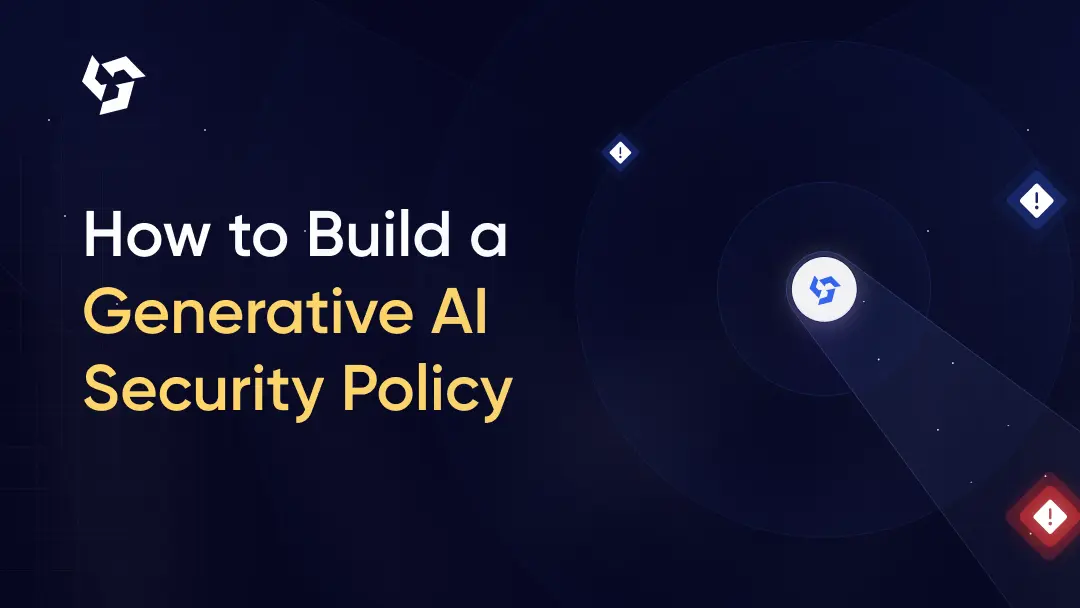



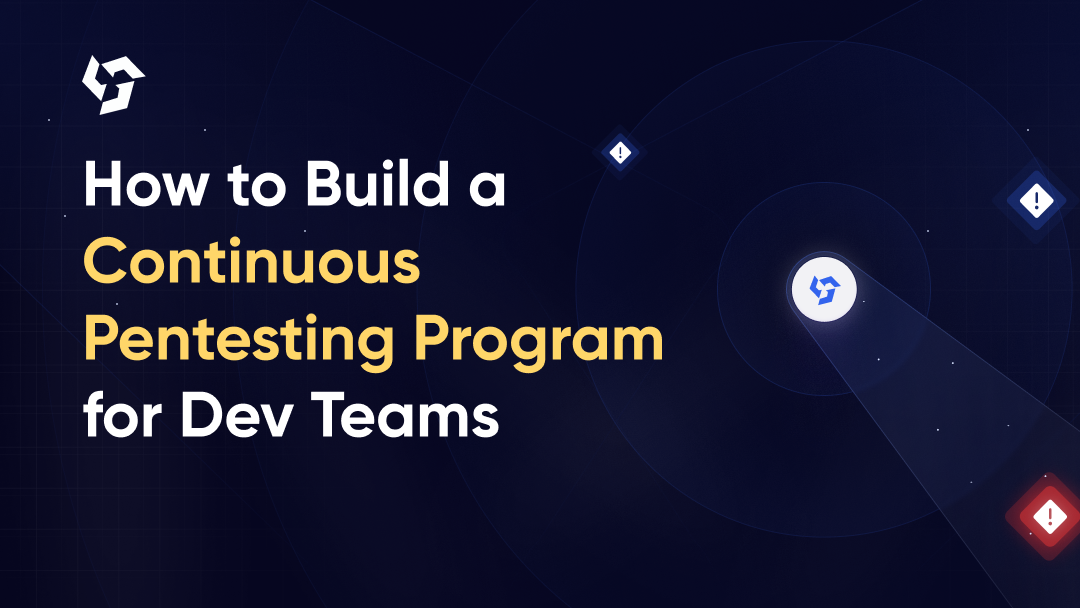

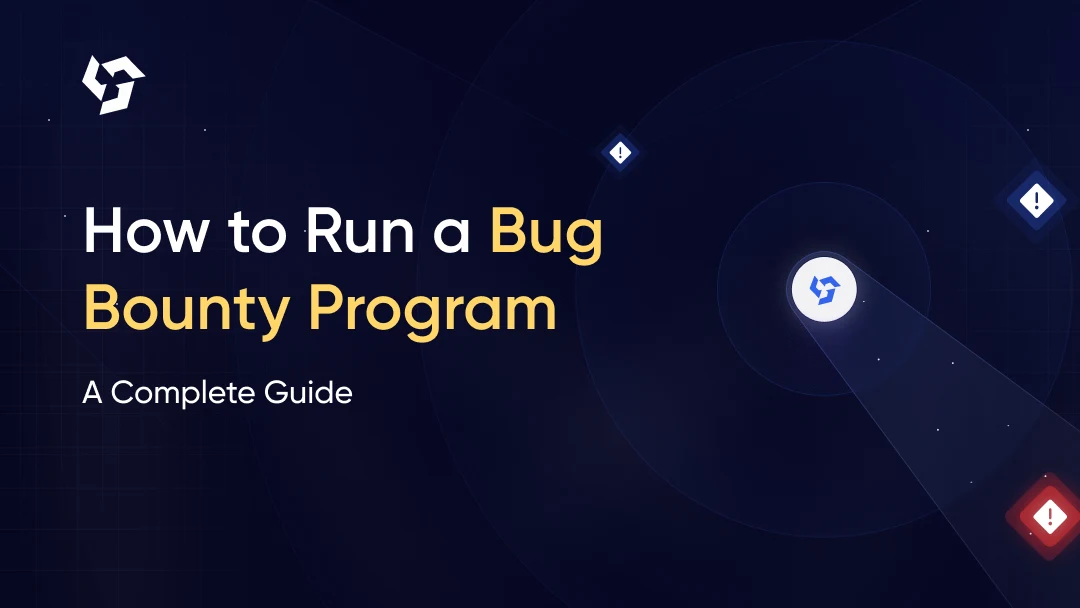




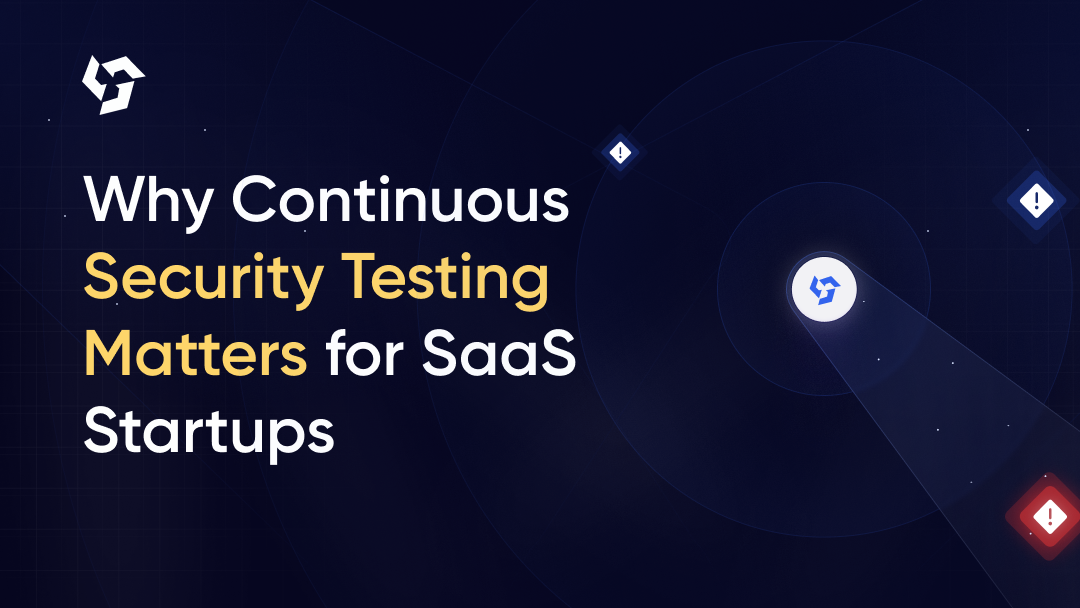
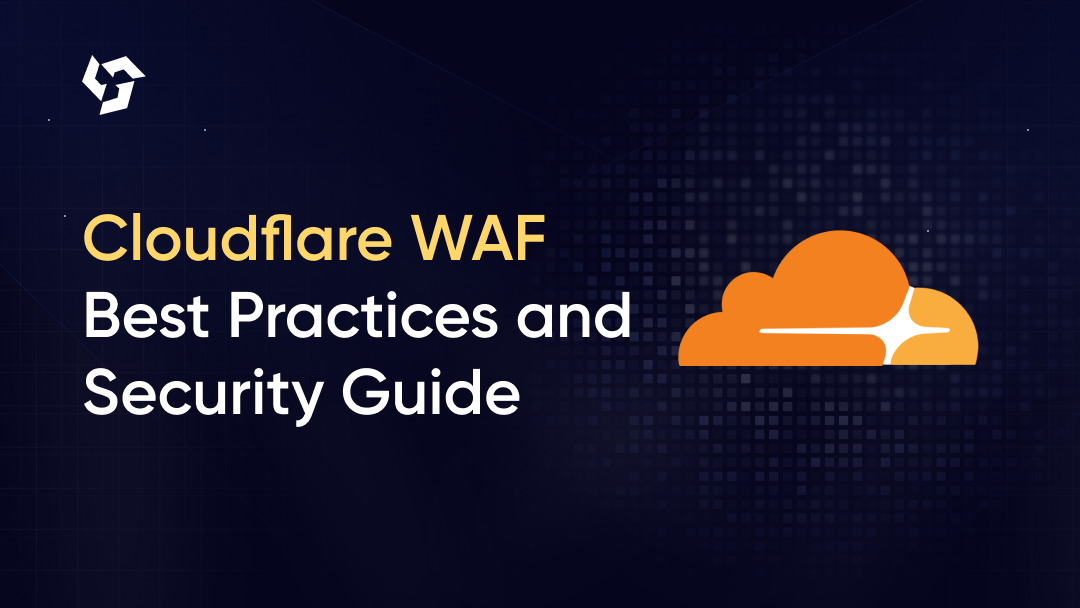

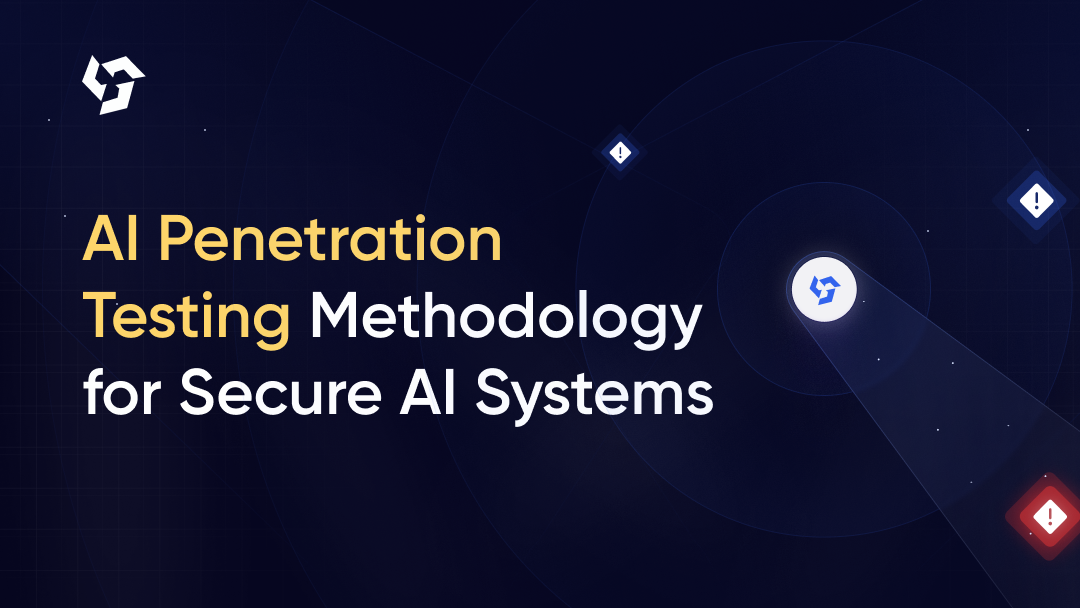

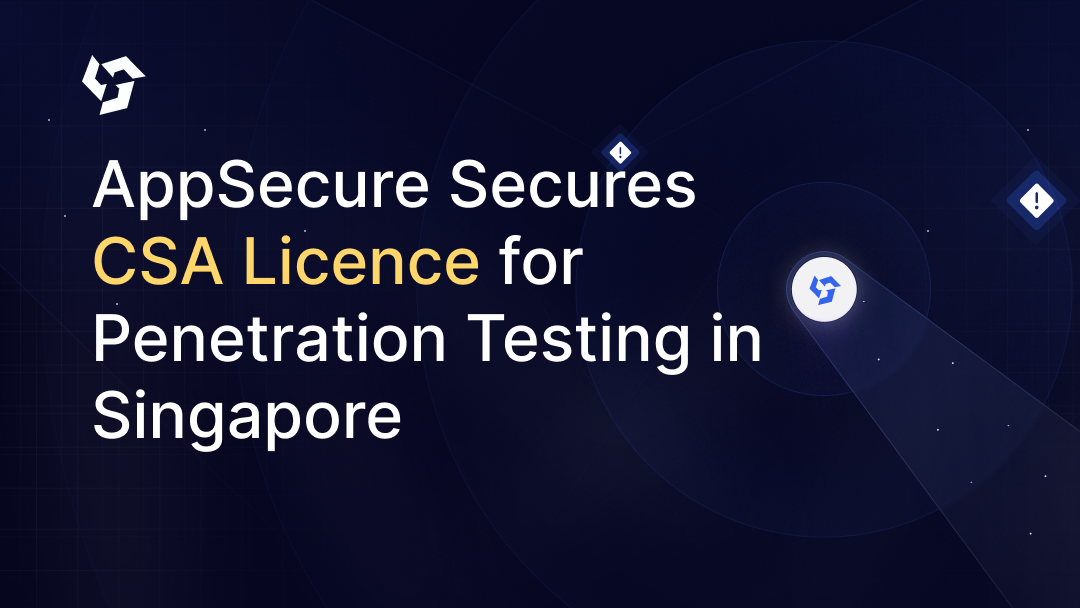
.png)
.png)
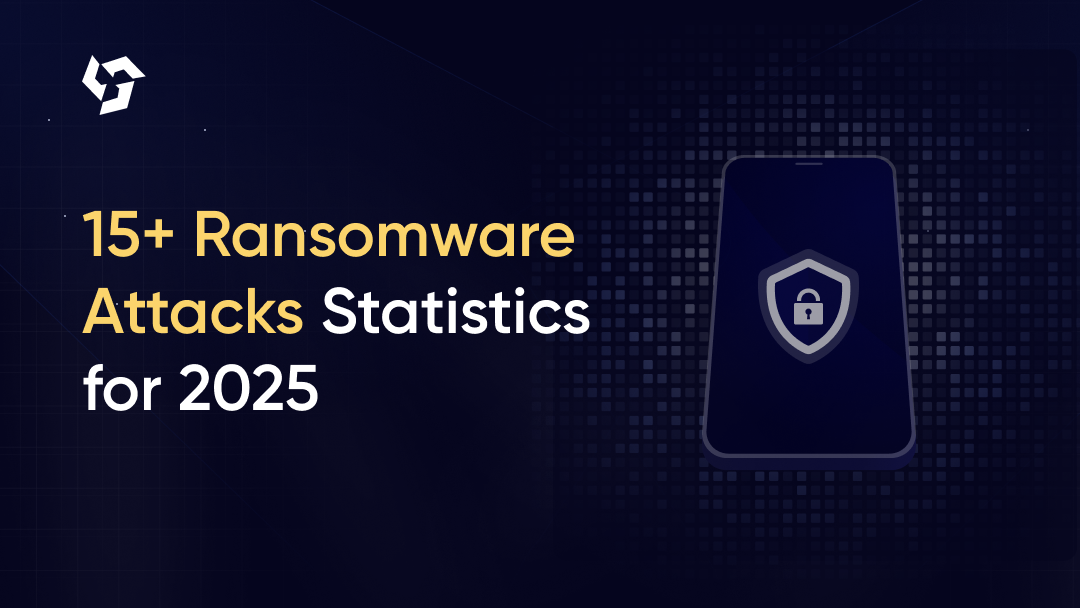
.png)
.png)
.png)
.png)
.png)
.png)

.png)
.png)
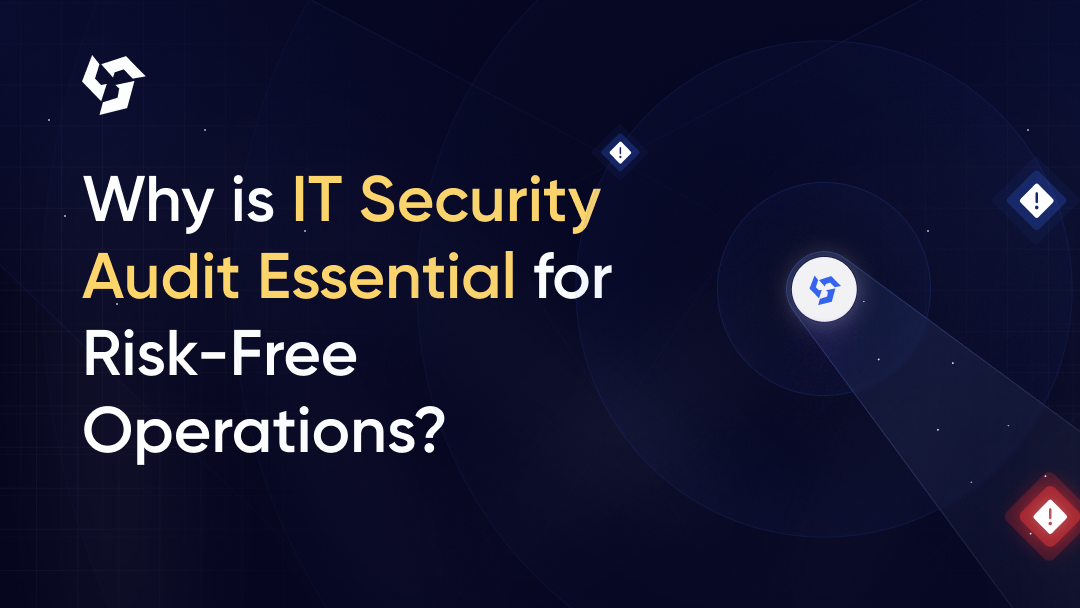


.png)



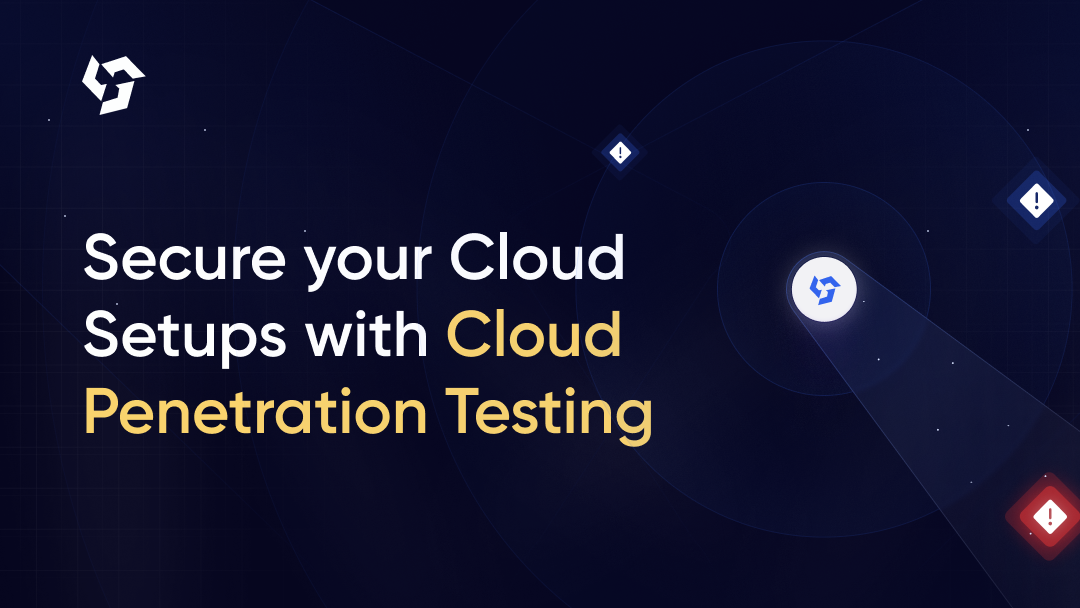
.png)
.png)
.png)
.png)
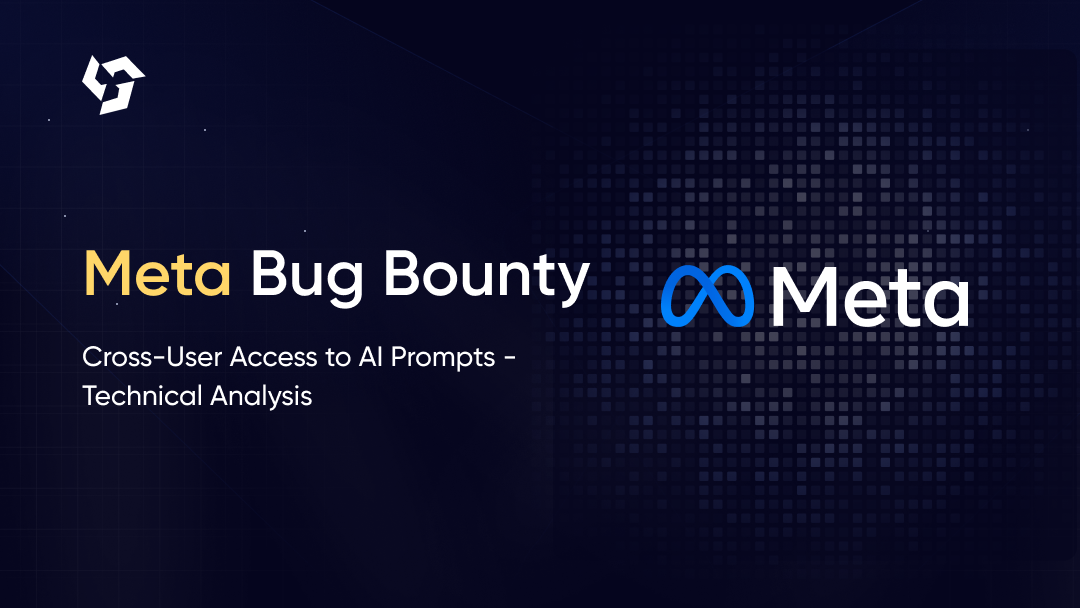
.png)
.png)
.png)

.png)
.png)
.png)
.png)
.png)

.png)









.webp)





.webp)


.webp)

.webp)



.webp)

.webp)
.webp)

.png)

.webp)
